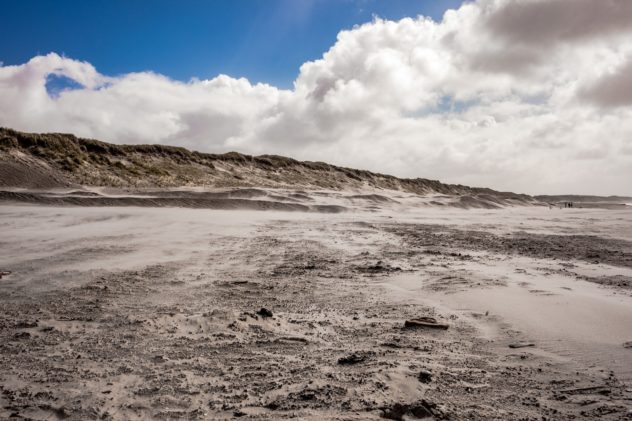Vocabulary:
- discovery /dih-skuhv-uh-ree/
- bemuse /bih-myooz/
- vegetation /vej-i-tey-shuhn/
- isthmus /is-muhs/
- erode /ih-rohd/
[noun] the act of finding something that had not been known before
The recent study has lead to the discovery of new incurable diseases.
[verb] to slightly confuse someone
Benedict Cumberbatch’s role as Sherlock Holmes bemuses me every time I watch the series.
[noun] plants in general, or plants that are found in a particular area
The vegetation in rural areas is flourishing because of hardworking farmers.
[noun] a narrow piece of land with water on each side that joins two larger areas of land
There were more than five new isthmuses found in the country because of high-functioning drones.
[verb] if a natural feature or physical object erodes, it is damaged by the effect of weather
Big waves erode the shoreline and cause catastrophe to the locals.
Researchers became aware of the island’s unique vegetation after they traveled to it using a boat in October 2018. According to National Aeronautics and Space Administration (NASA), animals like birds in the nearby older islands that have plenty of plants fertilized the vegetation from their droppings. Additionally, the island contains pea-sized black gravel and a sticky light-colored gray mud, as described by Slayback. He also said that the island erodes quicker during rainfall.
True or False:
- The new island called Hunga-Tonga is located in the North Pacific near Tonga.
- NASA stands for National Air and Space Administration.
- Dan Slayback was one of the scientists who got confused on the origin of the mud and the vegetation.
- The island has a big yellow gravel and a sticky light-colored gray mud.
- The island vanishes much more quickly during rainfall.
Discussion Questions:
- How likely would you want to visit the island? Explain your answer.
- Do you find this kind of discovery surprising? Why or why not?
- In your own opinion, do you think humans can survive on an island? Why or why not?
- What would you do if you would discover an island? Explain your answer.
- Tell me something about the farthest place you have been to.
Express Your Opinion:
- “Science is a beautiful gift to humanity; we should not distort it.” – A. P. J. Abdul Kalam
- “The science of today is the technology of tomorrow.”- Edward Teller
- “The earth is what we all have in common.”- Wendell Berry
